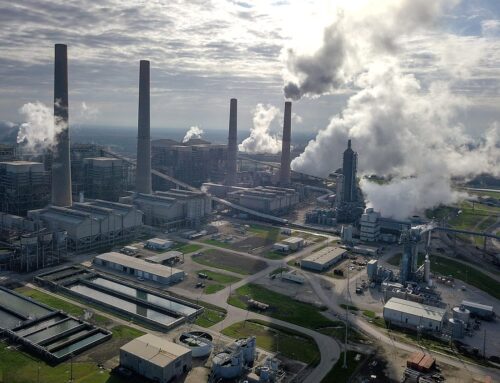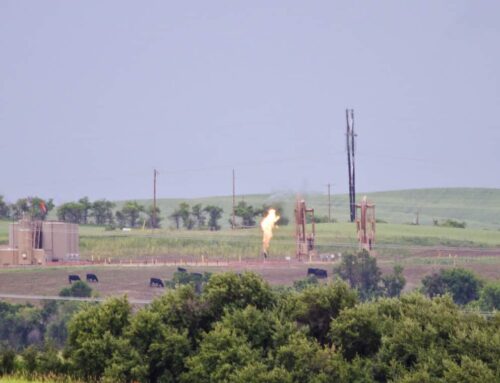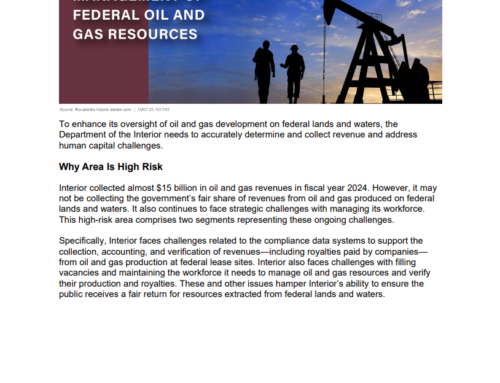This week, we have all watched the events following the tragic earthquake and tsunami at the Fukushima Dai-ichi nuclear plant in Japan with fear and sympathy for those in the surrounding community and admiration for the bravery of the crews working to reduce the harm and risks of radiation exposure.
Meanwhile, the evidence of partial nuclear meltdown resulting from the tragic earthquake and tsunami has created a flurry of activity on Capitol Hill. Lobbyists for the nuclear industry are walking the halls and hosting closed-door sessions for staff to squelch any concerns that what is happening in Fukushima could happen at US reactors of the same design.
Naturally, one of the first questions we are all asking ourselves is: could this happen here ? If nothing else, this tragedy has reminded us how dangerous nuclear power can be, and how difficult it is to respond in the event of an unforeseen disaster.
Nuclear power in the United States has always operated with a strange dichotomy: the profits are private, but the risks and liability are born by the public. The nuclear industry is one of the most heavily subsidized energy sectors and has been since its development in the 1940s. One practically incalculable subsidy is the Price Anderson Act, which is the federal (read – taxpayer) assumption of liability in the event of a catastrophic accident.
Like offshore oil drilling, the nuclear industry has a cap on what it has to pay in the event of a major accident. And as we saw with the Deepwater Horizon spill in the Gulf , the true cost of restoring the surrounding environment after an accident can cost far more than what the company can pay.
Taxpayers share the industry’s costs of going through the process of getting a license to operate. We subsidize the industry by assuming the financial risk if there are delays or bankruptcy of companies trying to build a nuclear reactor. And, if there is a delay because regulators raise a safety, security or financial concern, taxpayers pick up the tab.
But these are just a few of the many ways taxpayers pay to prop-up the nuclear industry; we also pony up billions more, through federally backed loan guarantees . Taxpayers are already on the hook for more than $18 billion in guarantees for loans financing the construction of new nuclear reactors. Last year the Department of Energy awarded its first guarantee to Southern Company in Georgia. Next in line is a project in South Texas that is to be partially financed by Japanese-based Toshiba.
For years, the nuclear industry has been lobbying Congress to maintain friends in the right places. In addition to keeping the regulatory wheels greased, this helps them increase and maintain their subsidies.
At the end of the day, whether you support nuclear power or not, subsidizing and thereby artificially lessening nuclear power’s risks is just plain fiscally irresponsible. If nuclear power can compete on the open market then it should continue, but if private lenders find the risks too great then the technology will rightfully stall. Taxpayers should not be asked to shoulder this burden any longer.
###
TCS Quote of the Week:
“We urge you to engage in a broader discussion about a comprehensive deficit reduction package. Specifically, we hope that the discussion will include discretionary spending cuts, entitlement changes and tax reform.”
– Letter sent by 64 senators (32 Republicans, 32 Democrats) asking the President “to engage in a broader discussion about a comprehensive deficit reduction package.”







Get Social